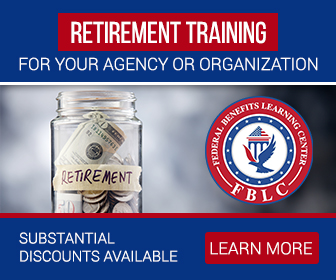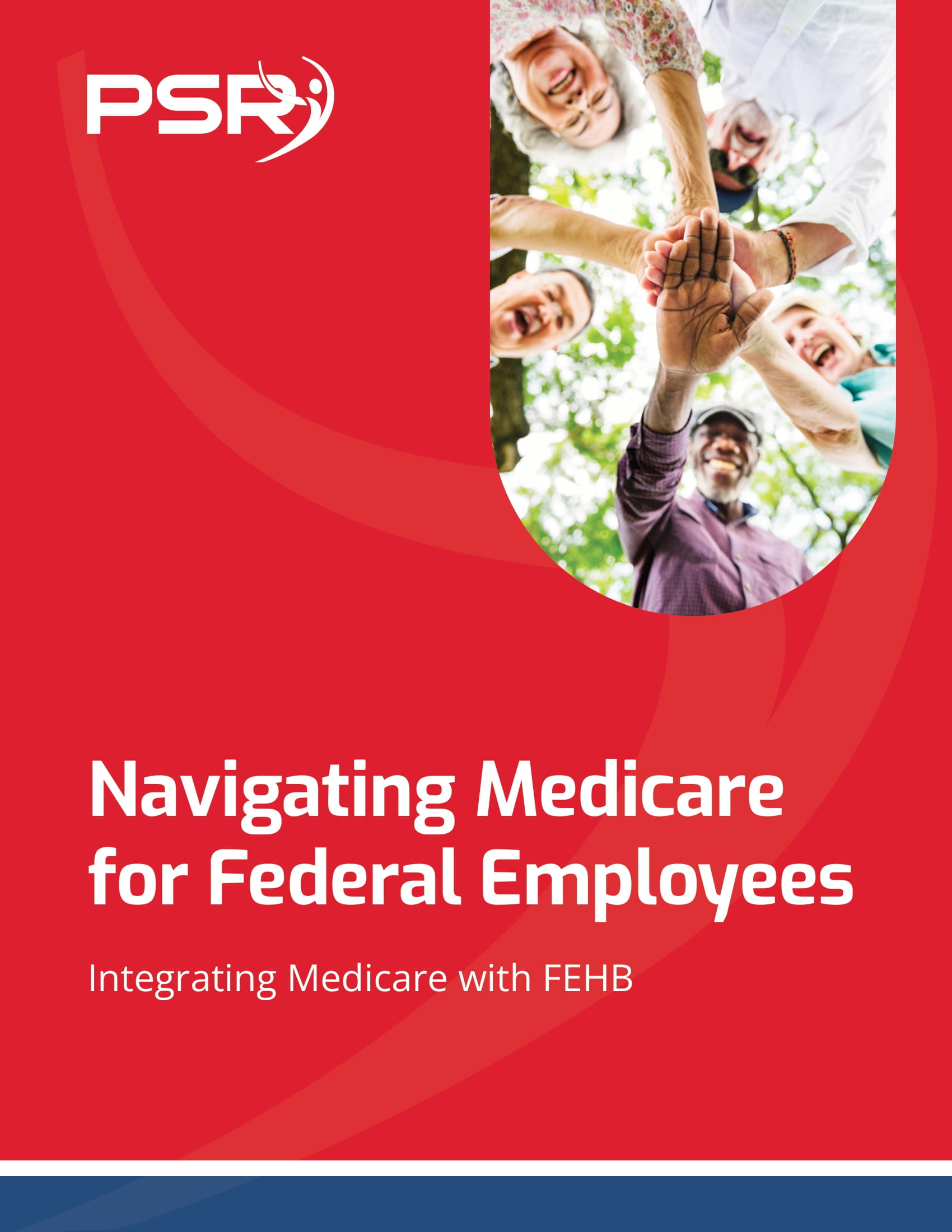Key Takeaways
-
The FERS Retirement Supplement in 2025 continues to serve as an important bridge between retirement and Social Security eligibility, but it ends earlier than many realize.
-
Understanding when the supplement begins, how it is calculated, and when it stops is essential for planning your financial security during early retirement years.
What the FERS Retirement Supplement Is Designed to Do
- Also Read: Survivor Benefit Elections Can Affect More Than One Generation—Here’s What You Should Consider
- Also Read: Federal Retirement Reforms Are Already Happening—Just Not in the Headlines
- Also Read: Law Enforcement Officers Have Special Retirement Perks—Are You Getting the Most Out of Yours?
In 2025, the supplement remains available to eligible federal retirees who retire under immediate retirement provisions. It is not available for those who opt for deferred retirement or for those who retire under MRA+10 rules with reduced benefits.
When You Can Start Receiving the Supplement
You may begin receiving the FERS Supplement immediately after retiring if:
-
You have reached your Minimum Retirement Age (MRA) and have at least 30 years of service.
-
You retire at age 60 or later with at least 20 years of service.
-
You retire under special provisions (such as law enforcement, air traffic controllers, or firefighters) after completing 25 years at any age or 20 years at age 50.
Your supplement is paid alongside your FERS basic annuity until you reach age 62, unless specific circumstances cause it to stop earlier.
How the Supplement Is Calculated in 2025
The FERS Supplement is designed to approximate the Social Security benefit you earned during your federal service. It is calculated using a formula that estimates what your Social Security benefit would be at age 62 and then prorates it based on your years of federal service.
Here’s the general approach in 2025:
-
The estimated full Social Security benefit at 62 is determined.
-
This benefit is multiplied by the fraction of your career spent in federal service.
-
The result gives you your monthly FERS Supplement amount.
For example, if you worked 30 years in federal service and your estimated Social Security benefit at 62 is $2,000, the supplement would be approximately $2,000 x (30/40) = $1,500 per month.
This amount can be significantly affected by factors such as unpaid military service time or breaks in federal service, so it’s important to have a professional calculation done before relying on estimates.
Important Earnings Limits in 2025
As of 2025, the Social Security earnings limit also applies to the FERS Supplement. If you work after retirement and earn more than $23,480 in wages or self-employment income during the year, your supplement will be reduced.
The reduction works as follows:
-
Your supplement is reduced by $1 for every $2 earned over the limit.
If you cross the threshold, it is possible for your supplement to be reduced to zero. This limit applies each year between your retirement and age 62. It resets annually based on Social Security updates.
When the FERS Supplement Stops
The FERS Supplement is not a lifelong benefit. It automatically stops under several conditions:
-
At age 62: Regardless of whether you apply for Social Security or not, the supplement ends the month you turn 62.
-
Exceeding the earnings limit: If your earnings are high enough after retirement, the supplement can be significantly reduced or eliminated in a given year.
-
Return to federal service: If you return to a federal job covered by retirement deductions, the supplement stops during that employment.
Many retirees mistakenly believe that the supplement continues until they actually file for Social Security. However, the benefit is tied strictly to your age, not your filing status.
Who Does Not Receive the FERS Supplement
Not every federal retiree receives the supplement. You will not qualify if you:
-
Retire under the MRA+10 provision (minimum retirement age with at least 10 but less than 30 years of service with reduced benefits).
-
Retire under deferred retirement rules.
-
Receive a disability retirement (however, different rules apply during disability status).
It is crucial to plan for retirement income without assuming you’ll receive the supplement unless you qualify through standard immediate retirement eligibility.
Special Rules for Law Enforcement, Firefighters, and Air Traffic Controllers
In 2025, special category employees continue to have slightly different eligibility rules for the FERS Supplement.
-
They can retire earlier (typically after 25 years of service at any age, or after 20 years of service at age 50).
-
Their supplement often starts immediately upon retirement, even if they are younger than the standard MRA.
However, the supplement still stops at age 62 for these employees, just like everyone else.
Planning for the Gap After the Supplement Ends
Since the supplement ends at 62, but full Social Security retirement age is now 67 for those born in 1960 or later, you face a potential five-year income gap.
Options to bridge the gap include:
-
Claiming Social Security early at 62, knowing you’ll face a permanent reduction in benefits.
-
Relying on TSP withdrawals or other retirement savings during the gap period.
-
Taking part-time work while carefully monitoring earnings to avoid penalties until you claim Social Security.
Understanding this gap is vital so that your retirement income plan is not interrupted or lower than expected.
Common Misconceptions About the FERS Supplement
Several myths continue to circulate about the FERS Supplement. Let’s clarify them in 2025:
-
Myth: The supplement continues until you file for Social Security.
Reality: It ends when you turn 62, regardless of filing.
-
Myth: The supplement is based on your entire work history.
Reality: It is based only on your federal civilian service.
-
Myth: You can keep earning any amount after retirement without affecting your supplement.
Reality: Earnings limits apply just like Social Security.
-
Myth: Everyone who retires from federal service gets the supplement.
Reality: Only those retiring under immediate retirement rules qualify.
Important Deadlines and Timeframes to Remember
In 2025, pay attention to these key periods:
-
At Retirement: Ensure your retirement paperwork includes requests for both your annuity and the supplement if eligible.
-
Every Year Before 62: Monitor your earnings if you work to avoid an unexpected reduction in your supplement.
-
At Age 62: Be prepared for the supplement to end, and have a strategy in place for the change in your monthly income.
Missing these important points can cause unpleasant financial surprises during your early retirement years.
How the Supplement Fits Into a Broader Retirement Plan
The FERS Supplement is a helpful part of retirement income, but it is not designed to be your only bridge to full retirement.
You should also consider:
-
Your FERS Basic Annuity
-
Your Thrift Savings Plan (TSP) withdrawals
-
Personal savings or investments
-
Social Security claiming strategies after age 62
Relying too heavily on the FERS Supplement without a broader financial plan can put you at risk for an income shortfall.
What to Watch for in 2025 and Beyond
While the FERS Supplement remains unchanged in 2025, ongoing discussions about federal retirement benefits may eventually impact future retirees. Any legislative changes could affect:
-
The availability of the supplement.
-
The way it is calculated.
-
The income thresholds for earnings penalties.
Staying updated on proposed changes is essential, especially if you are still several years away from retirement.
Preparing Now for a Smooth Retirement Transition
If you are approaching retirement or are already retired but under 62, you should:
-
Review your retirement estimates and verify supplement eligibility.
-
Work with a licensed professional to develop a financial plan that addresses the end of the supplement at 62.
-
Monitor your earnings if working post-retirement to avoid reductions.
-
Prepare a Social Security strategy well before turning 62.
Clear planning today will give you more confidence and stability throughout your federal retirement.
Planning for Your Full Financial Picture
Understanding the FERS Retirement Supplement in 2025 is key to preventing income gaps and ensuring you maintain the lifestyle you want in retirement. Because the supplement ends at age 62, you must anticipate this transition and integrate it into your broader retirement income strategy. For help creating a personalized plan, reach out to a licensed professional listed on this website to get guidance tailored to your unique situation.













